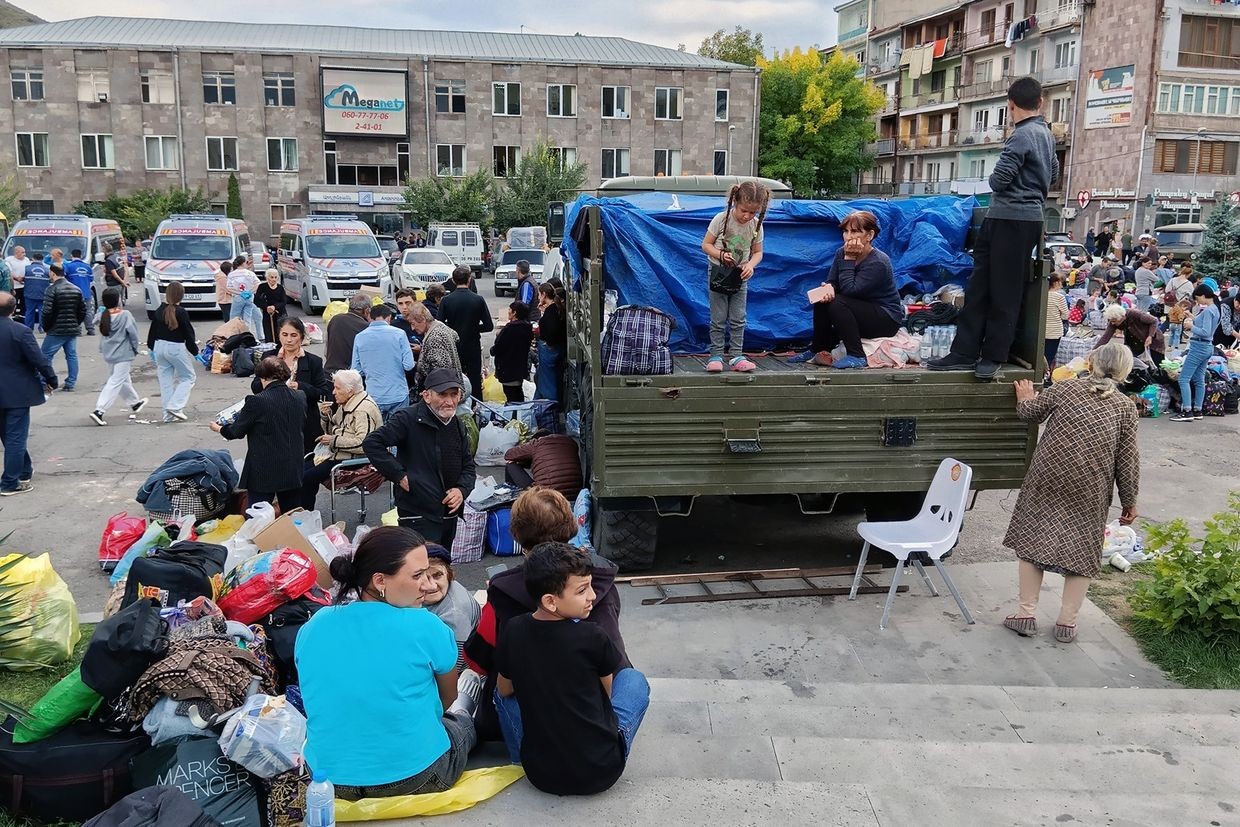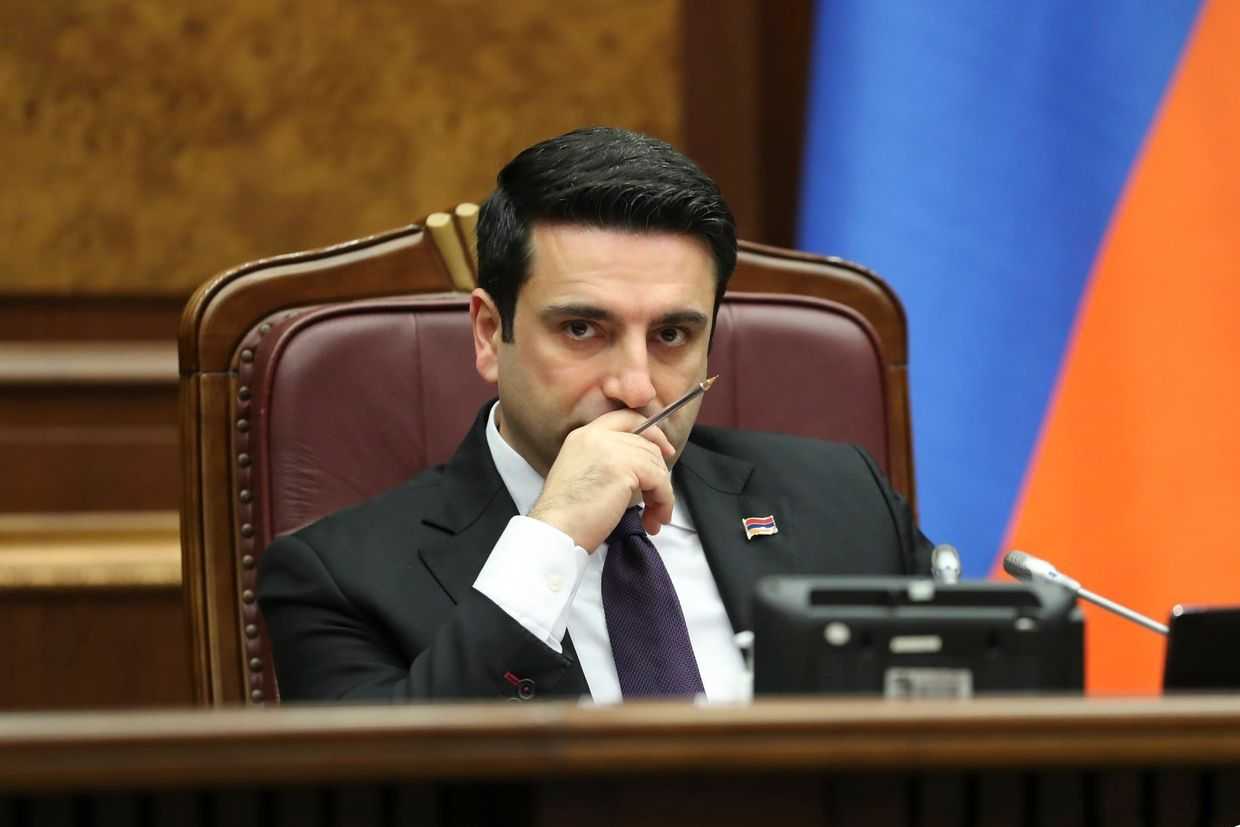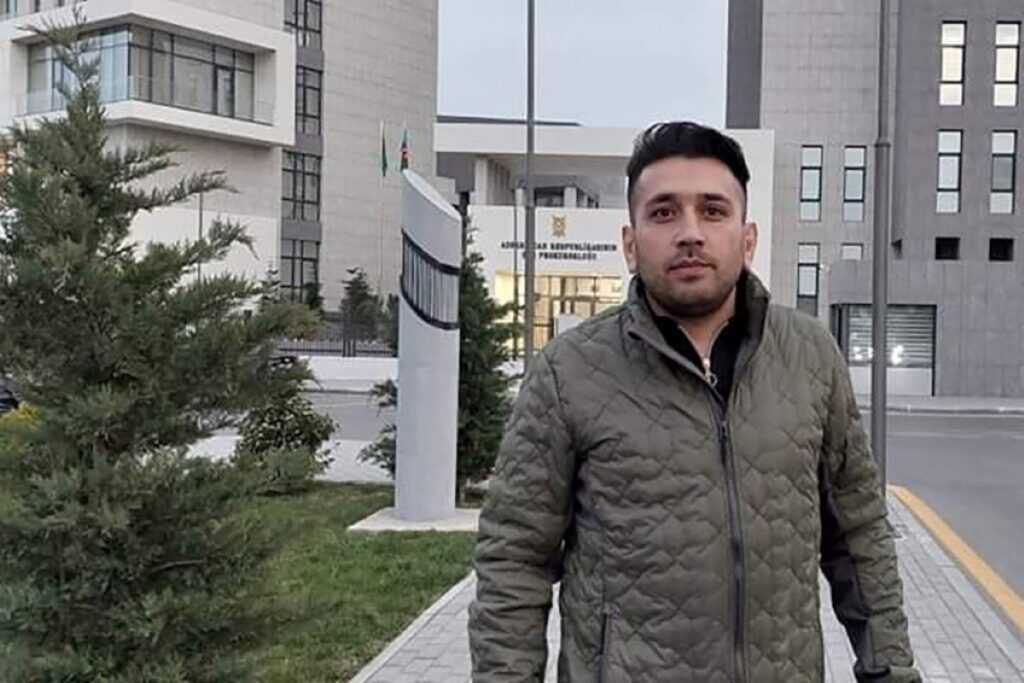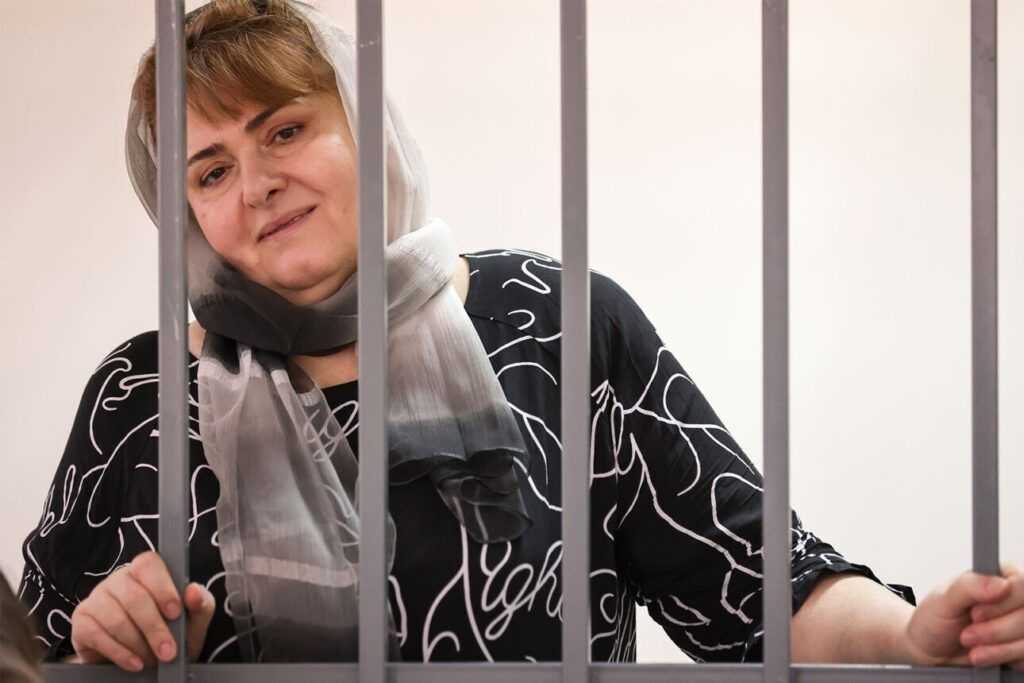Armenia pushes for long-term state housing programme, cuts monthly aid to Nagorno-Karabakh Armenians

Armenian Deputy Prime Minister Tigran Khachatryan told Public TV that a new programme would be introduced for socially vulnerable Nagorno-Karabakh Armenians in April. Starting from the same month, the state reduced the aid provided to the refugees since their displacement in 2023 in an effort to encourage them to apply for the long-term housing programme.
The statement was made on Monday evening, which came as Nagorno-Karabakh Armenians continued to protest against the changes.
Khachatryan said that since October 2023, when the programme was launched, the Armenian government has allocated over ֏115 billion ($300 million), 85%-90% of which was provided exclusively from the state budget.
The authorities adopted a decision in November 2024 to reduce the beneficiary groups, mainly excluding working age people, as well as gradually reducing monthly assistance from ֏50,000 ($130) to ֏30,000 ($80) starting from 1 April.
On 29 March, as the cuts were set to begin, Nagorno-Karabakh Armenians began to protest.

In Monday’s interview, Khachatryan elaborated that the ongoing programme was a temporary social support designed to help the displaced people to pay their apartment rents. However, over time, ‘people prefer to benefit from this programme, but not to apply for the long-term housing support programme’.
He argued that as a result of the changes, the ongoing assistance programme has become more targeted so that ‘financial resources are allocated to those families that need it’.
In addition to this aid, the government launched a new programme in April targeting vulnerable groups, as ‘we realise that as a result of these changes, there could be families who will not be able to [pay] the rental costs of their apartments’, Khachatryan said.
It envisages that the families whose income per person would be lower than ֏55,000 ($1,450) will be provided with ֏40,000 ($105) for the first family member, and an additional ֏10,000 ($26) for each subsequent family member.
The housing programme, approved in May 2024, has been condemned by some of its intended beneficiaries, who have accused the government of refusing to consider their needs.
The programme offers individuals from ֏2–֏5 million ($5,200-$13,000) each, depending on where they choose to settle, with the largest funds given to those choosing to live in settlements near the border with Azerbaijan or in remote areas.
Khachatryan disagreed that the amounts provided for the housing programme ‘are not sufficient’, despite such criticism.
He further noted that the government had amended the amount of state support in some settlements, mentioning that, unlike the previously offered ֏3 million ($7,900), the government is currently providing ֏4 million ($10,500) per person in Vanadzor, Armenia’s third largest city, as well as in Hrazdan and Armavir and their adjacent villages.
Khachatryan noted that so far, 900 families, or around 3,800 beneficiaries, have received certificates for obtaining or building houses, noting that ‘3,800 is about ten times less than they could have applied for during this period’.
Against the backdrop of protests, Khachatryan received representatives of the Nagorno-Karabakh Armenian community on 3 April. Following the meeting, the Nagorno-Karabakh Armenians announced that the protests would continue ‘because the answers given at this moment are not satisfactory to us’.
During Monday’s interview to Public TV, Khachatryan said the government was ready to discuss the support programmes and changes with representatives of the displaced persons of Nagorno-Karabakh, including regarding the housing programme.









